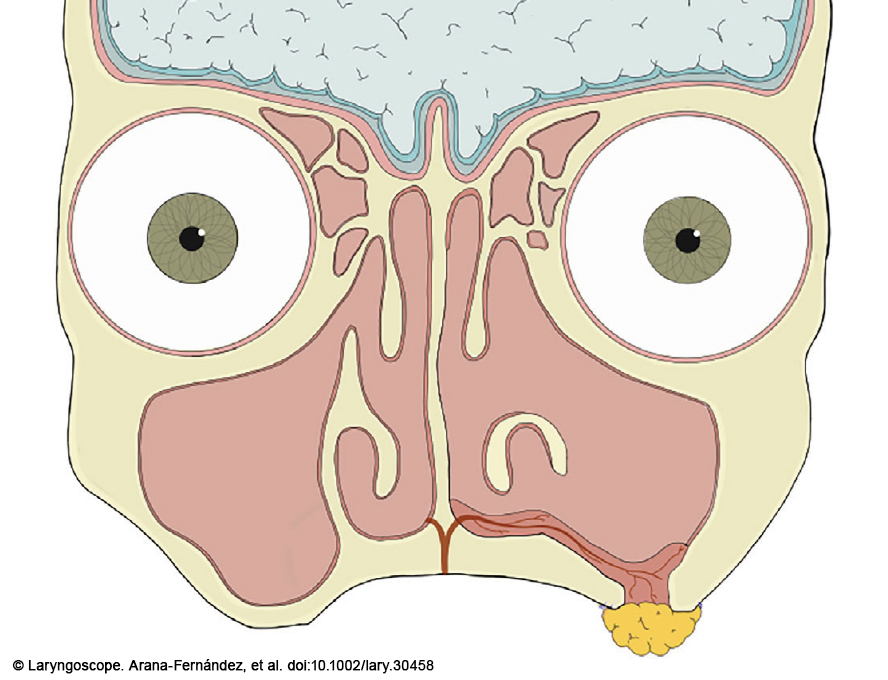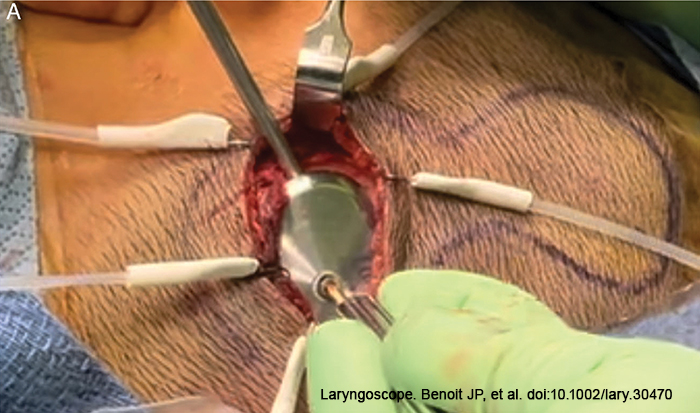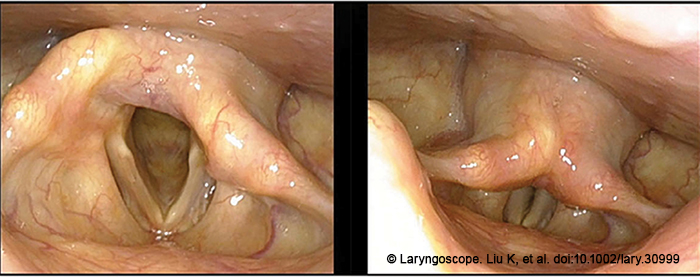The use of tranexamic acid to reduce intraoperative bleeding may have applications in septorhinoplasty.


The use of tranexamic acid to reduce intraoperative bleeding may have applications in septorhinoplasty.

Randomized controlled trials with standardized hyperbaric oxygen therapy treatment protocols and attention to social determinants of health and other confounders are desperately needed to establish efficacy.

Adjuvant therapy may have a limited role in select patients with advanced JNAs to achieve acceptable outcomes while minimizing serious morbidity and mortality.

The aim of oroantral fistula management is to repair the defect, restoring the integrity of the sinus and oral cavity and preventing sinus infections.

Minimally invasive OSIA 2 System reduces the risk of signal attenuation and skin complications, which were limitations of previous percutaneous and older transcutaneous devices.

It is commonly accepted that early diagnosis and timely and effective joint reduction are the keys to treating arytenoid dislocation. In this article we take a look at a novel five-step reduction technique.
White men have a persistent advantage, while several racial, ethnic, and gender minorities are disadvantaged in the Head and Neck Surgery Match.
Minimally invasive thyroidectomy achieves high cosmetic satisfaction and is not inferior to conventional thyroidectomy in terms of surgical results or perioperative complications.
Delayed head and neck cancer diagnosis delays due to increased antibiotic prescribing periods are known to be harmful to patients.
In the absence of infection, lead wire exposure from hypoglossal nerve stimulation implantation can be treated with urgent surgery to reimplant the lead and salvage the device.